»
[solved]Skane/Lillohus crossbow threadby stuckinthemud1 Sat Aug 10, 2024 3:16 pm
»
Colletiere a Charavines continuing experimentby stuckinthemud1 Fri Aug 02, 2024 7:13 am
»
What you building?by hullutiedemies Tue Jul 09, 2024 12:39 am
»
12th Century Chinese Crossbow Chronographedby stuckinthemud1 Fri Nov 24, 2023 3:50 pm
»
Crossbow Stockby kenh Tue Oct 31, 2023 6:19 am
»
Cocking - howby stuckinthemud1 Thu Aug 03, 2023 4:24 am
»
Questions around heavy crossbow lath buildinby stuckinthemud1 Wed Apr 26, 2023 1:10 am
»
Arab Crossbowby stuckinthemud1 Tue Apr 25, 2023 7:57 am
»
prod angle, and lever trigger for sale anyone?by stuckinthemud1 Mon Mar 20, 2023 5:54 am
»
flexible stringby jasper1978 Mon Mar 20, 2023 1:25 am
»
jens sensfelderby jasper1978 Wed Mar 08, 2023 11:58 pm
»
400lb Windlass crossbow bolts weight and accuracy shooting high.by stuckinthemud1 Sun Mar 05, 2023 2:53 pm
»
Codex Löffelholz crossbowby stuckinthemud1 Tue Jan 24, 2023 4:14 pm
»
Digitar prodscby stuckinthemud1 Sun Jan 15, 2023 2:42 pm
»
Troubleshootingby Andy. Fri Jan 06, 2023 12:29 pm
»
Wood Prodsby stuckinthemud1 Fri Dec 30, 2022 12:47 pm
»
Colletiere a Charavines crossbow by stuckinthemud1 Fri Dec 30, 2022 8:54 am
»
Simplified Löffelhotz speedloaderby stuckinthemud1 Fri Dec 09, 2022 4:05 pm
»
Fiberglass H-bowsby c sitas Sat Nov 12, 2022 8:44 am
»
Bad Antlerby drawknife Sat Nov 12, 2022 3:48 am
»
Anyone make their own bolts?by Juniper Mon Oct 17, 2022 8:20 am
»
Josef alm in Englishby Juniper Sat Oct 15, 2022 4:22 am
»
Qin/Han lock drawingsby kenh Fri Sep 23, 2022 8:16 pm
»
stirrup dimensions?by stuckinthemud1 Thu Sep 01, 2022 1:49 pm
»
Skane/Lillohus lockbow information neededby stuckinthemud1 Sun Aug 14, 2022 6:23 am






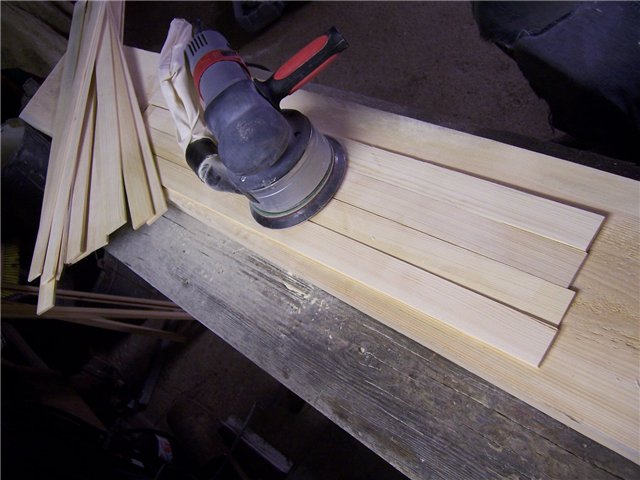
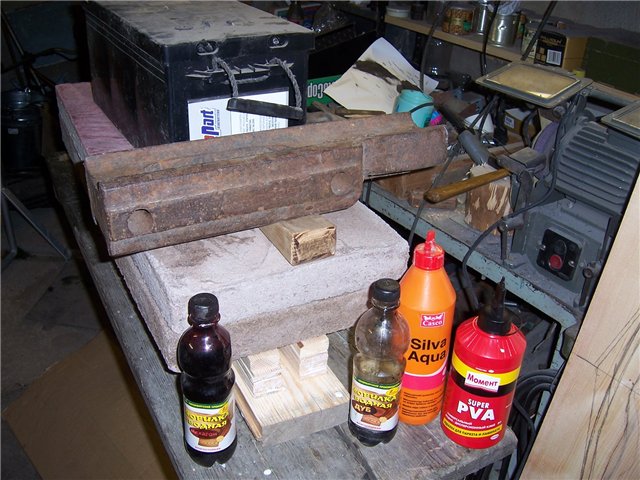

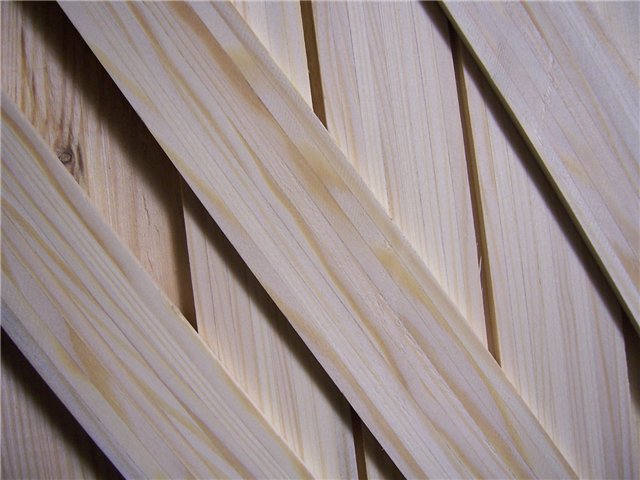
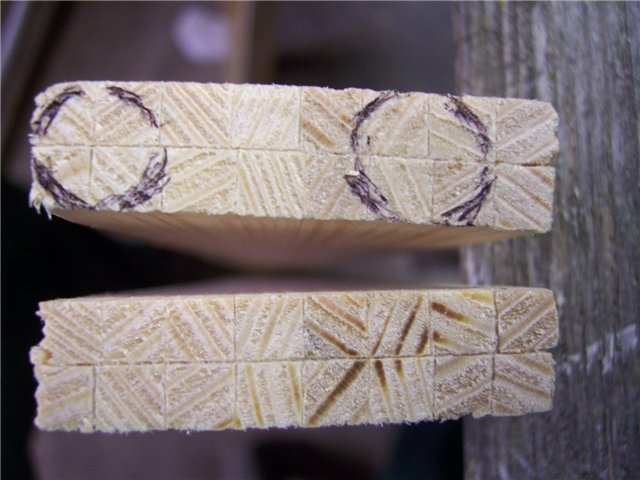

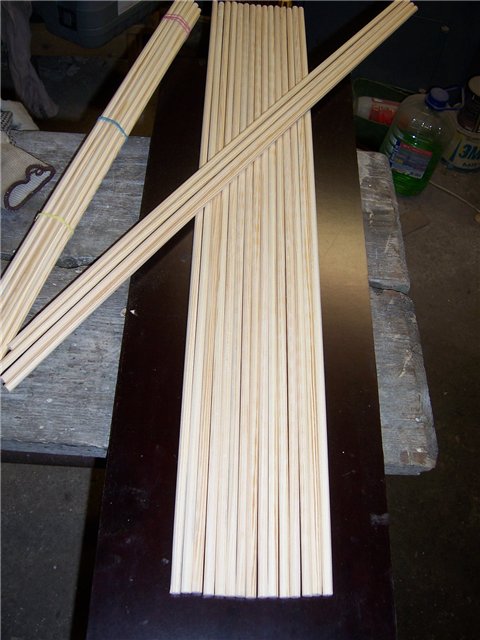
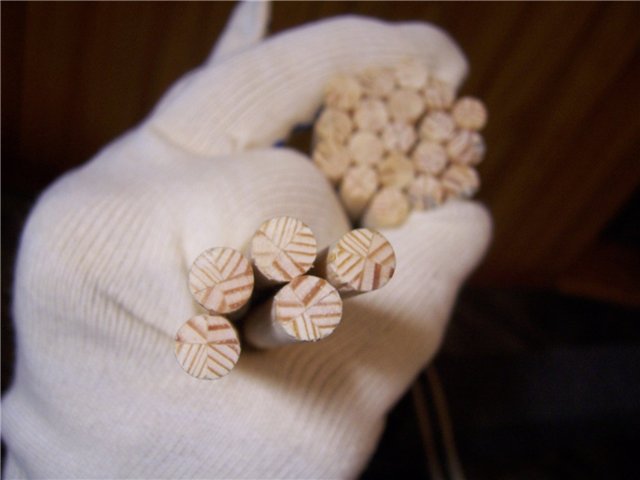







 Private messages
Private messages